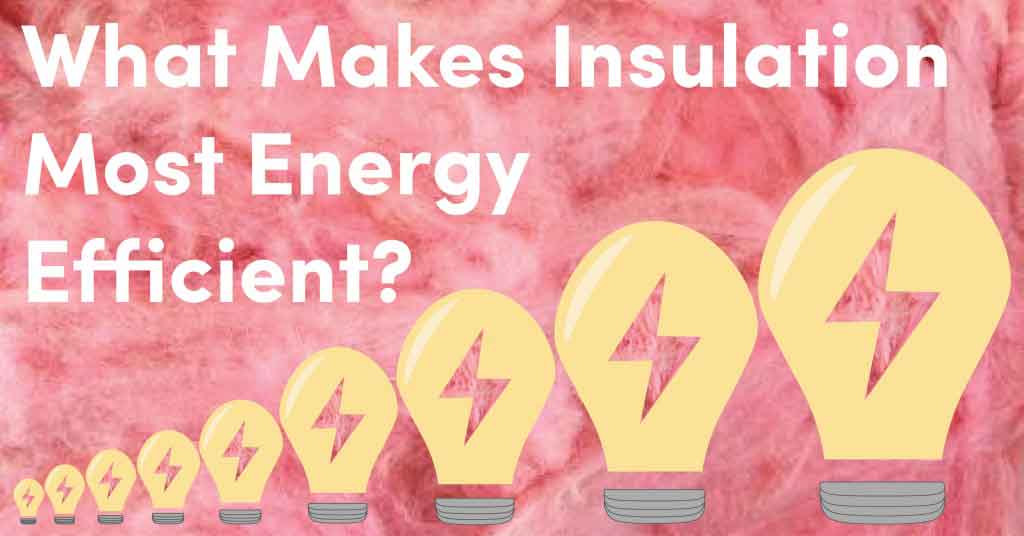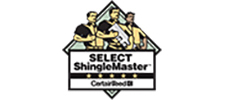
With the abundance of insulation products on the market today, choosing the most energy efficient insulation for your attic can seem overwhelming. Although it’s best to get professional advice before you make a choice, it’s good to understand the various qualities of insulation and how they affect energy efficiency.
What Insulation Does and How Its Effectiveness is Measured
Insulation’s purpose is to slow the movement or flow of heat energy. An insulation product’s effectiveness at resisting heat flow is called R-value, and this value varies depending on the type of insulation and the material it’s made from. Installing the right total R-value matters too, and in our climate region, the recommended amount for attics is R-49 to R-60. R-value is cumulative, as well, so if you have some insulation already in place, your installer can calculate its R-value and then add new insulation to reach the optimal level.
Factors To Consider in Addition to R-Value
While the total R-value matters a lot, the type of insulation you choose can ultimately determine how much improvement in efficiency you gain. Here are three of the most common types of insulation used in attics, and how they perform:
- Blanket. Fiberglass, mineral wool or natural-fiber blanket insulation comes in various thicknesses up to R-38, and in standard widths to fit between framing joists. The main drawback of installing blanket insulation on an attic floor is that it’s almost impossible to avoid gaps in the coverage, especially around obstructions and penetrations.
- Spray foam. Spray foam insulation is a mix of chemicals that expands to fill a space. Available in open- or closed-cell types, it’s usually professionally applied to the underside of a roof. Closed-cell offers a higher resistance to heat flow, but the R-value achieved depends on how well/thick it’s applied. It’s the most costly type of attic insulation, but it can be a good option if you plan to finish your attic.
- Loose-fill. There are two main types of loose-fill insulation; fiberglass and cellulose. Both are installed using a blower that fluffs the material to create air pockets and are ideal for insulating an attic’s small or oddly-shaped spaces and hard-to-reach areas. However, fiberglass insulation resists mold and decay, it retains its R-value long-term, and it’s the most cost-effective option.
For expert help choosing the most energy efficient insulation for the attic in your Elk Grove Village home, contact us at Adams Roofing Professionals.









